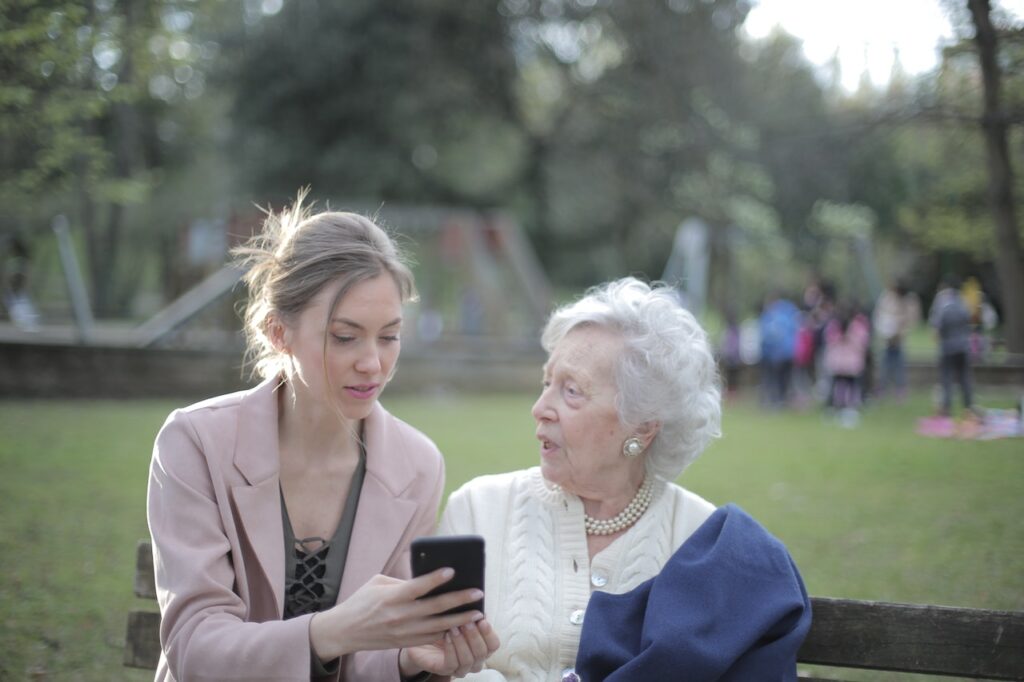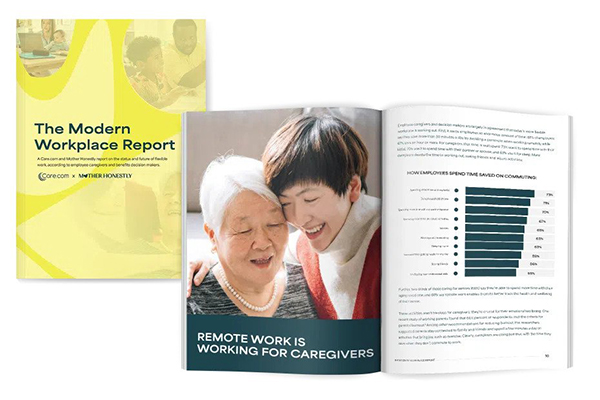
Your mother dies, and guess what, you, a working man or woman, are now the sole caregiver for your elderly father. Your brothers and sisters live 500+ miles away, so they’re useless to help with day-to-day. Your parents had no long-term care insurance, and even if they had the daily stipend is limited, finite, and often not enough to get you the help you need with daily responsibilities. That strikes terror in your heart. You lose sleep imagining that you’re going to lose your job, and even if you don’t you’re crazed trying to figure out how you’re going to manage 24-hour caregiving and working at least eight hours for an employer. And, well you should worry. Women perform the bulk of unpaid caregiving labor in America. When labor conflicts with work, women are more likely than men to make career compromises, such as reducing their work hours or quitting altogether.
This scenario is occurring every day, and it’s soaring as more seniors develop dementia and other age-related disabilities.
The good news is, though, that a study in the recent issue of the Modern Workplace Report found that many employers have changed their thinking toward employee caregiving. Prior to the pandemic, many employers were ignorant about the burdens that caregivers shoulder. However, when staff began working at home it became clear how many workers are caregivers. Remote work not only drew the attention of employers to this reality, but many responded by introducing an array of benefits to support their teams. It also served as a massive real-time experiment that confirmed what many advocates have been saying for decades: Flexible workplaces produce happier, more productive employees. What’s more, men and women equally report that the wide adoption of remote work has created a more even playing field for career advancement.
As good as this progress is on the employer front, caregivers still worry, because many have little or no safety net. A congressional bill –The Credit for Caring Act — would allow an eligible caregiver tax credit of up to $5,000 for 30% of the cost of long-term care expenses that exceed $2,000 in a taxable year. The bill defines an eligible caregiver as an individual who has earned income for the taxable year in excess of $7,500 and pays or incurs expenses for providing care to a spouse or other dependent relative with long-term care. Since 2021 the bill has been read twice and referred to the Senate’s Committee on Finance; it’s been stalled now for two years.
Government tax relief for care, notwithstanding, there’s reason for optimism. Now, 75 percent of employees caring for seniors say their company’s level of support is strong, and 76 percent of managers agree.
The takeaway is that the pandemic provided an unanticipated consequence. Employers rallied to provide better on-site and remote work environments. This new effort to aid caregiving employees is working. Both employees and managers have a surprisingly optimistic view of how the workplace has evolved into one that’s fairer, more understanding, more flexible, and more productive.
We want to hear from you, so feel free to share tips, ideas, and resources for seniors and caregivers with Grannybooster. Email me, Maris Somerville, at [email protected]



Leave a Reply